

Chronic Disease Management Act of 2021 Introduced in Senate
On April 28th, 2021, Senators John Thune (R-SD) and Tom Carper (D-DE) introduced the Chronic Disease Management Act of 2021 in the United States Senate. This bill builds upon previous versions of the CDMA and follows guidance issued by the U.S. Department of Treasury in 2019 to further increase the flexibility of HSA-HDHPs to cover chronic disease services on a pre-deductible basis. A companion bill (HR. 3563) was introduced in the House of Representatives in May 2021.

Ease HSA Users' Access to Mental Health Care: Employer Group to Congress
Large employers are asking Congress to make it easier for enrollees in health savings accounts to get mental health care for no or low cost prior to meeting the plan deductible. Representatives for employers with self-insured health plans are also calling for Congress to make first-dollar coverage for telehealth services permanent.necessary COVID-19 care.

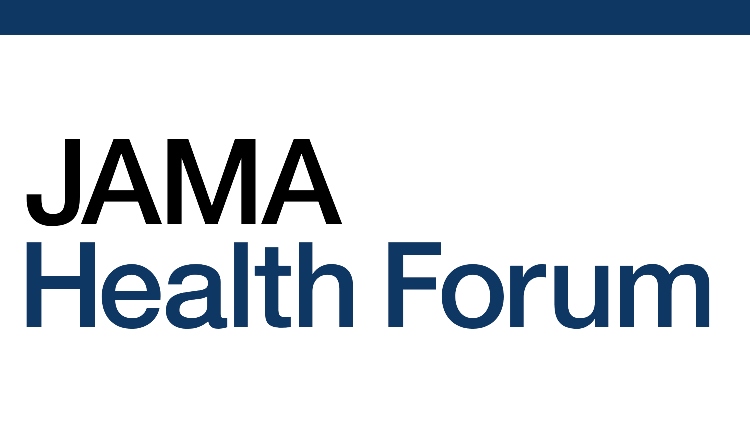
Rethinking Health Insurance Design
To improve access to care, it is essential to incorporate nuance in enrollee benefit design. High levels of cost-sharing deter the use of high-value care as well as low-value care. This JAMA Health Forum article posits that more thoughtful use of patient cost-sharing can be a powerful tool to promote better use of health care resources without imposing barriers to needed care.

How Payer COVID Waivers Model Value-Based Health Care Spending
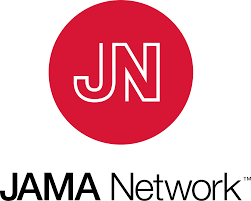
A Path Forward for Alternative Payment: Build a Portfolio, Not a Garden


Low-Value Care, Including CVD Screening for Low-Risk Adults, Costs Medicare $478M Per Year
A study on the utilization and cost of seven low-value services that received a “D” recommendation from the U.S. Preventive Services Task Force found that these services are ordered more than 31 million times per year. The cost associated with this care is $478 million per year. Learn more about the impact of low-value care from our infographic.

Patient Support Program for Painful Conditions May Reduce Opioid Use

Correlation Between Changes in Brand-Name Drug Prices and Patient Out-of-Pocket Costs

Trends in Out-of-Pocket Healthcare Expenses Before and After Passage of the Patient Protection and Affordable Care Act
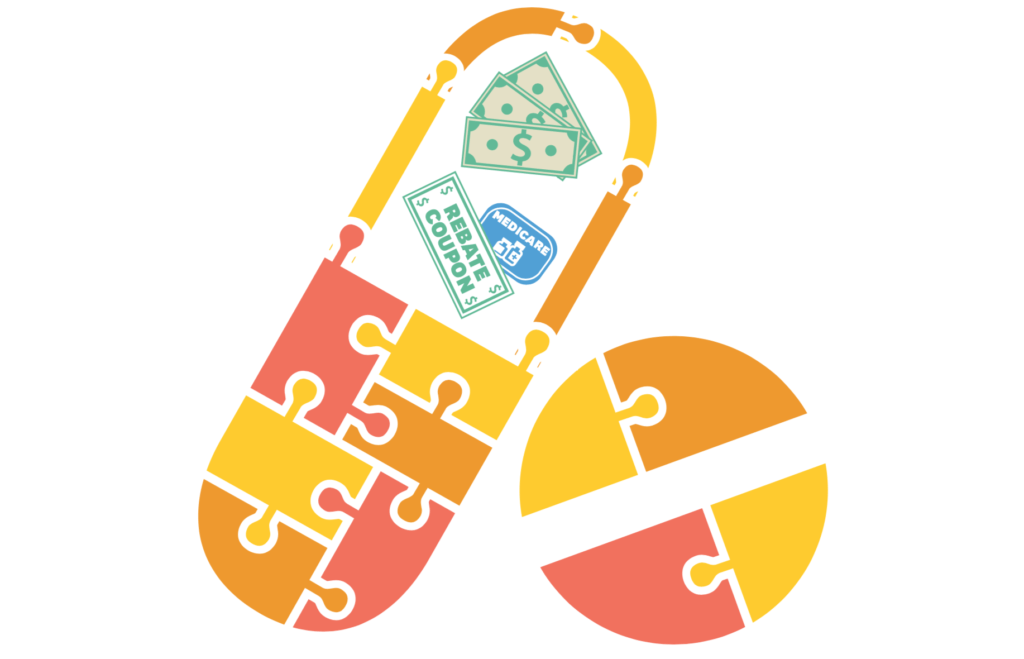
Association of Drug Rebates and Competition With Out-of-Pocket Coinsurance in Medicare Part D, 2014 to 2018
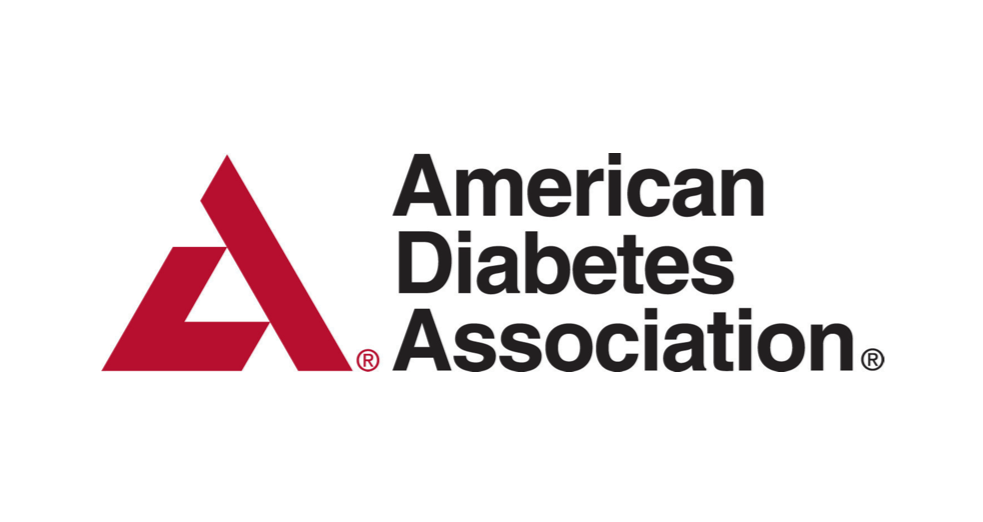
Trends in Total and Out-of-Pocket Payments for Noninsulin Glucose-Lowering Drugs Among Privately Insured U.S. Adults
Average annual payments and out-of-pocket payments for noninsulin glucose-lowering drugs increased significantly from 2005 to 2018. Switching from older low-cost drugs to newer high-cost medications was the main driver for payment increases during this period and could lead to higher patient costs. These findings raise questions of whether new drug classes improve long-term clinical outcomes and are cost-effective compared to older drugs.

Controller Medication Use and Exacerbations for Children and Adults with Asthma in High-Deductible Health Plans
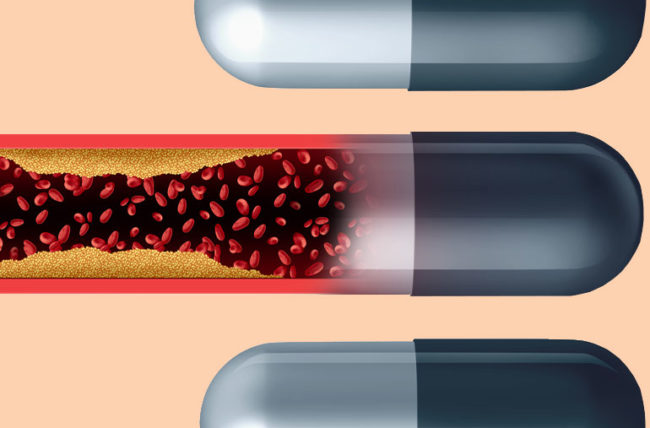
Qualitative Exploration of Barriers to Statin Adherence and Lipid Control
During a randomized clinical trial of financial incentives for statin therapy adherence, participants who did not see improvements in LDL cholesterol had lower incomes, greater clinical illness burdens, and higher rates of unemployment compared to those who saw improvements. Future interventions should consider addressing socio-economic circumstances in combination with adherence interventions for patients with high cholesterol levels.

A 10-Step Program to Successfully Reduce Low-Value Care
Please Help Support the V-BID Center
As a non-profit entity, the V-BID Center relies on fundraising to support our research, education, and policy efforts. Please help us continue our work by donating here. We truly appreciate your consideration.


